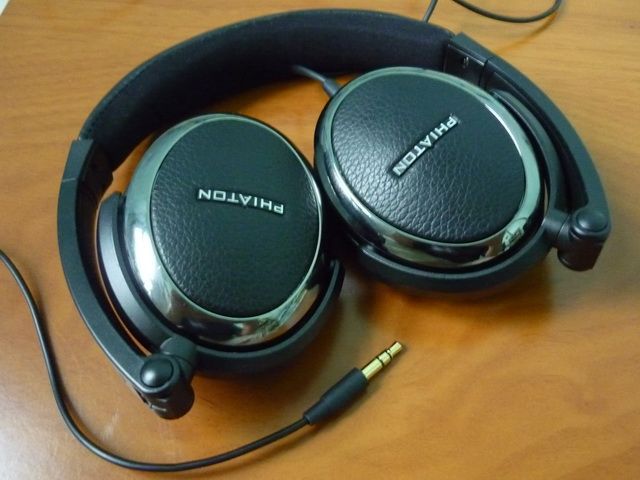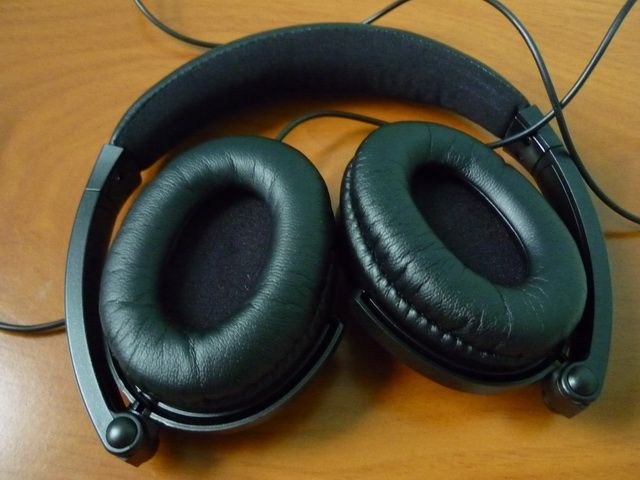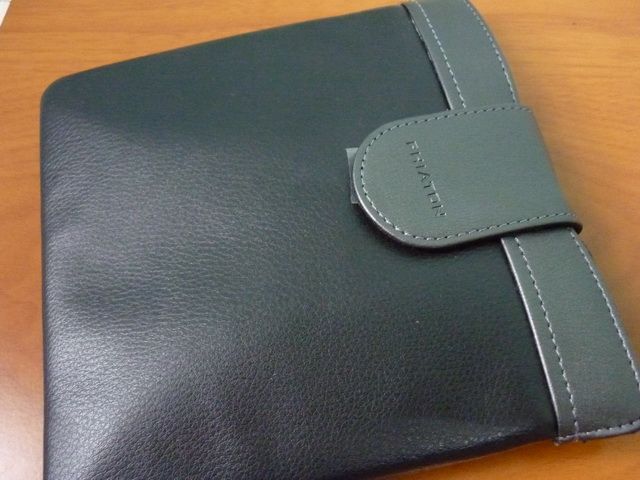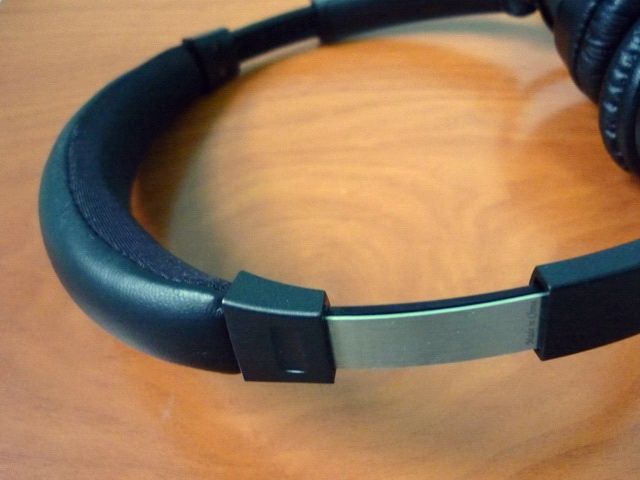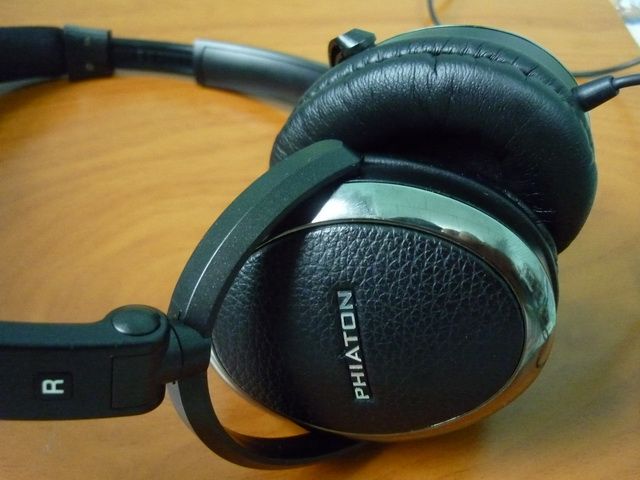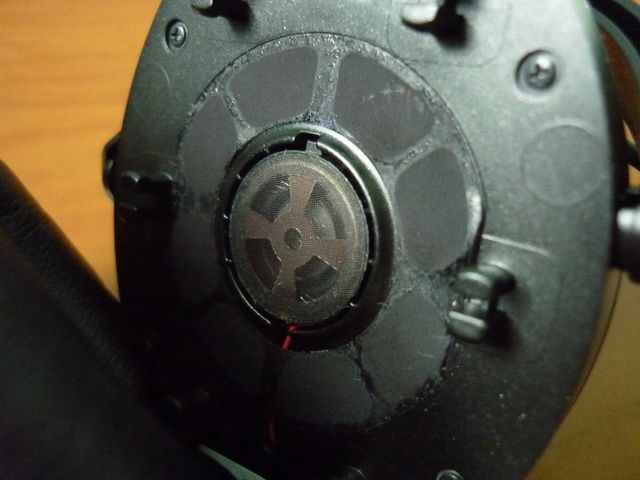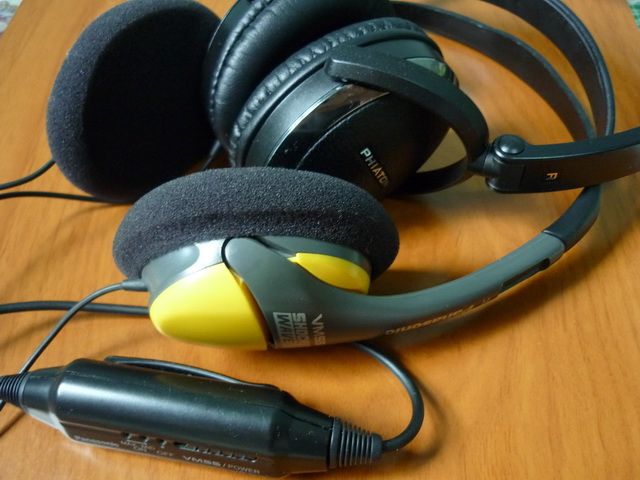Phiaton PS320 Review
First Impressions: These really do have some lovely packaging, so solid feeling it really gives the impression they must be housing an item of substantial quality. Having a look at these is my hands they look so small but when I put them on they fit perfectly well. Hmm the finish on the chrome outside appears to have little blemishes on them, that’s a little disappointing so I’ll have to see if I can give that a little clean and fix it. (It did.) The pads look and feel lovely, they smell of real dead cow which I like greatly. Tre posh.

Acoustic first impressions running of the iPod shuffle with 75 ohms added are not so great. Having been told by Phiaton that these are bass lightish I was expecting a brighter sound but the bass seems absolutely fine. It seems pretty nicely balanced; maybe they’ll get brighter with a burn in? It’s now a few days in and it occurred to me that these being dual drivers will have a crossover and that accordingly they may not like the additional impedance as many BA things with crossovers don’t. Upon testing this with the XM5 and the 75 ohm button I can safely say this is the case and the difference is really quite significant. With additional impedance these get very very muddy.

Source 5G iPod Video line out through a Practical Devices XM5 with LM6171 opp amps
Lows: Having been previously told by Phiaton that these were bass light in what felt like an almost worrying tone I was rather concerned about just how bass light these would be. They are not. I can see why some would say they are given the bass is clearly not what’s dominant here however with more bass but a button push away I’ve never felt the need to press it, when I do to try it, it just feels too much and out of step with everything. The bass that is here isn’t vast in quantity but it’s always very clear and consistent which I’m sure is helped by being closed. It also has a very natural feel to it; a double bass comes across very nicely if not in exquisite detail. Looking at the frequency response graphs on headroom shows the bass holding on all the way down and I can safely say my ears agree (I get a pretty good seal with these.) The bass here is just how I like it to be and its especially noticeable in tracks where the bass is of a more smooth and gentle nature, maybe even a little soft. If it’s hard hitting punchy bass your after then you’re not really going to find it here. Even hitting the bass boost button won’t give that impactful slam that some like; personally I hate that as it feels like some small child kicking me in the ears. The bass you get here is smooth in every way which I’ll agree isn’t always what’s called for but it’s very pleasant. Bass should be complimentary not dominant. It also can rise up as required within the song, the opening sequence of “Malchik Gay” sounds as it should with the lows standing out clearly. A potential issue I can foresee however is if you don’t get the seal just quite so then the bass quickly looses its depth and range. How big a problem that will be I can’t say but should you buy and feel there is something lacking spend some time repositioning.
Regardless of whether I like the bass, in terms of sheer quantity they are not bass monsters. While the general populous may balk at the lack of bass given all they are used to are mostly small ear attached sub woofers these will feel bass light. For those of who have heard a little more I’m sure will have no great issue with the bass level here. It feels perfectly natural as it is.

Mids: As I’m sure many will know I like mids. I feel mids are where everything important happens in music and that the bass and highs ought to be there merely to compliment those mids. The mids here I can’t quite make up my mind about. On one hand I recognise they are really quite beautiful blending a wonderful combination of the smooth with a cool, dry hint to keep them from being lush. For an artist such as Tori Amos this is bang on perfect. That touch of dryness gives her voice a wonderfully open, airy natural sound. All of her songs sound just fantastic on the 320’s, Velvet Revolution, Winters Carol, Raspberry Swirl Professional Widow, Pretty Good Year, Winter, Hoocie Woman (bass is just great on this too,) Mr Zebra etc etc I really could go on and on.
The vocals on these remind me somewhat of the Grado 325is but with a richer feel. The problem with this is that the Grado's can get a little shouty. When trying out the sibilance monster that is Lilly Alan’s “22” all I can really say is ouch. The Grado esq peek in the upper mids every so often leaps out stabbing you in the ears and that’s a real disappointment. More so given they manage to play Relient K’s “Curl Up and Die” without the faintest hint of sibilance, something few manage. This really isn’t a major problem but when it does it’s a real bother largely because otherwise the mids are so good. On the whole the mids are quite lovely and are evenly placed quantity wise being neither forward nor recessed.

Highs: If you are buying these I suspect it for the highs. These are without mistake treble abundant especially in the very high end. This you will either love or like me find really tiring after too long but that’s not to say it can’t be enjoyable. The treble here is bright, in your face and shimmery. On “Raspberry swirl” that triangle takes clear and centre stage ringing out very loud and very clear, it has such exuberance and energy. The highs have so much energy and sharpness that if you like that sort of thing I’m sure you will love these. I must say that being rather treble sensitive I found after a while I really couldn’t bare any rock on these. There is just so much energy up there particularly right at the top even above the grado’s (which I’m sure is there to assist with the airiness these project) but for me it was just too much. The more I listen to these the more I want to compare them to the 325is. In classical (Danse Macabre) the treble is great it’s of a more refined gentle nature but their relative abundance only serves to emphasise the fine detail. This is why Etymotic is always recommended for classical. In modern types particularly rock there can be sooooo much energy in the highs from the recording that when played on these they really begin to dominate more than I’m sure the producers intended. (Note this is because they assume you’re listening on crap equipment so emphasis them more than they ought to.) Nevertheless the result is that these have more treble than I want.
The quality of the treble is great, very good for the money and far exceeding the V-Jays abilities but my little ears yearn for less. Treble lovers will probably need a box of tissues after listening to the PS320’s

Soundstage: Rather nice, quite airy and open. Separation is good, nothing magical but is noticeably better lower down, middle of the mids on down.
Comfort: As always comfit depends utterly on you but for me not so good. On first wearing these they initially were very very comfortable, very soft and gentle pads with minimal clamping force. After a couple of hours the backs of my ears really began to ache where my ears were being pressed onto the legs of my glasses. Clearly this isn’t Phiaton s fault but it’s still only fair to point out this may be an issue for some.
Fit: I did mention earlier fit was important to get the best out of the low end on these. For me this wasn’t any problem at all, a handful of seconds at worst, YMMV.
Cable: Well boys and girls I cant say I love the cable these have. I really must say that there is not a thing wrong with it, its light, flexible, never gets in the way (unlike Grado garden hoses) it’s just the right length too. So why don’t I love it? Well I can’t decide if I like the cable being single sided, it’s nice and freeing but it brings back memories of J cables and god I hate them but that’s all really just a matter of preference. What I do feel is the clincher that the cable isn’t detachable. I can’t single out Phiaton as being the only one who does it but I cant help feeling the nice non bothersome cable on these is daring you to yank it and kill them. The cable itself is of a nice quality but really why couldn’t you have put on a detachable cable? Pretty please make a version 2 and give it a detachable cable.
Microphonics: Very little to none and of course only on one side.
Amped/Unamped: Very little difference, the usual things did get better but the difference was so slight these things really couldn’t care less if they are amped or not. They do however hated having impedance added. Many things with crossover change in odd ways and these do not like it one tiny bit. Hiss was no trouble so it wasn’t really a problem.
Isolation: As above with the fit, get it right and it’s not bad at all. You won’t want to be using these instead of a set of ER4’s on the tube but otherwise quite reasonable for the type. The isolation these give is not so much for keeping sounds away from you but preventing those near you from wanting to beat you with a stick. These isolate almost as well as a set of dynamic IEM’s do.
Build Quality: I was somewhat unhappy with the slight blemish I noticed on removing these from the box but otherwise these feel very sturdy. I have no fear about accidently breaking the hinges on these or them falling to bits. (I’d say they were built like a brick poop house but I’m not sure it’s a phrase that works outside the UK.) From the instant you touch the box with its thick luxurious card it just screams quality and substance at you. I approve wholeheartedly.

Accessories: Minimal, they come with nothing other than a bag but really I don’t see what else you would want anyway. The bag they do come with is quite lovely. The bag is very nicely finished and feels like a little effort has gone into it, so much so that I’d wager it could pass for a square clutch for a needy girlfriend / wife / overly swishy boyfriend. They might even get bonus points for being so avant garde buying something from this new mysterious designer, PHIATON.

Value: With an RRP of us$200 but easily available at us$150 id say yes with a notable caveat. If you buy these you have to love treble in abundance or have very narrow musical tastes. On treble light songs I really, really enjoy these but songs with abundant, aggressive treble I just found so very tiring. If you think the sound signature is for you then by all means these are very fine buy. It is a bit of a shame that these don’t seem to be available anywhere in the UK so looking on eBay I can see 2 available. One claims to be an official retailer based in Japanland and wants £185ish for them, the other from the US makes no claims of officialdom but is a much more reasonable £115ish.

Conclusion: I have no doubts that there are many who will hear these and love them. On Head-Fi I often see people extolling the virtues of Grado’s for rock, people out there do love that bright aggressive treble and I can’t help but think of these as being a closed Grado. If Etymotic and Grado made a baby and put it in a closed Sennheiser like form factor then this is what it would be like.
As I don’t doubt you have figured out the sound signature of these really wasn’t for me. I’m rather treble sensitive and these are treble monsters especially really high up. I happen to have an unusually high frequency range in my hearing and the top on these is just too much even with the iPod on treble reducer. Swapping over to the 325is immediately I can hear they don’t have quite the quantity right at the very top but otherwise very similar.
It’s a shame there is quite so much top end as the mids and bass are both really very good but I feel as though Phiaton have felt the need to justify there being two drivers rather one as anything other than a gimmick, accordingly they ratcheted up the treble quantity. It is possible it was done to give them more of an airy feel they otherwise would not have. Either way I simply find it too much. I have had them on all while I have been writing this review and presently they have been on my ears all day and it’s just too much. Now if it’s for an hour or so here and there I can really see these being a lot of fun and sparkly but I can’t help feeling that id like these more if they only had one driver in them.
Having recognised these aren’t for me just who are they then? Grado lovers, that’s who. These just remind me so much of the 325is but with a little bass boost. If you are a lover of that Grado sound but have yearned for one that was closed then yearn no more. Grado’s are known for being utterly open and sound leaking yet still some wear them out. If you’re a Grado loving chappy but don’t want everyone within 20 feet of you to hate you then look no further. If you really like Grado’s then I’d very strongly suggest the PS320 as a closed alternative.
I know I haven’t loved the PS320 but there really is a lot to love about them.










